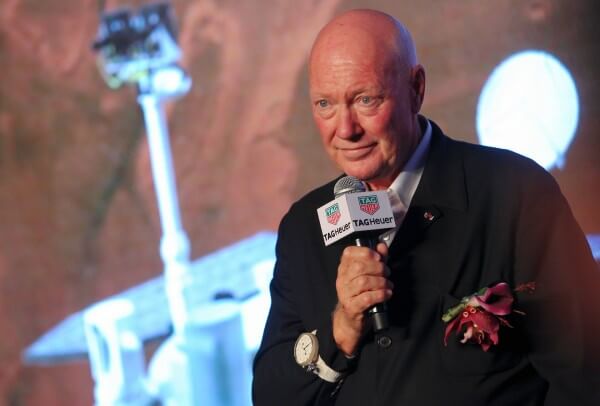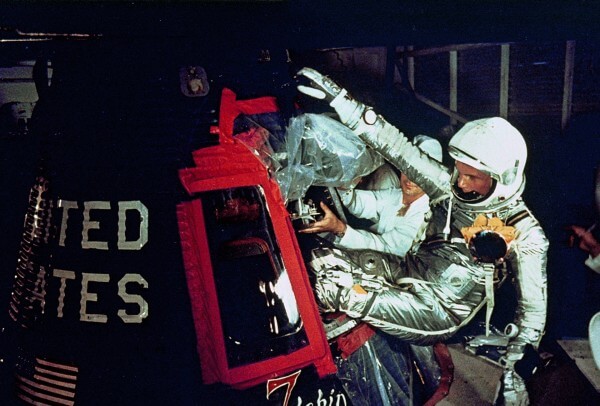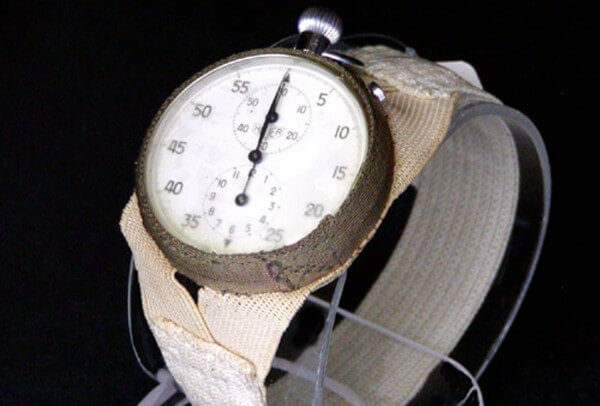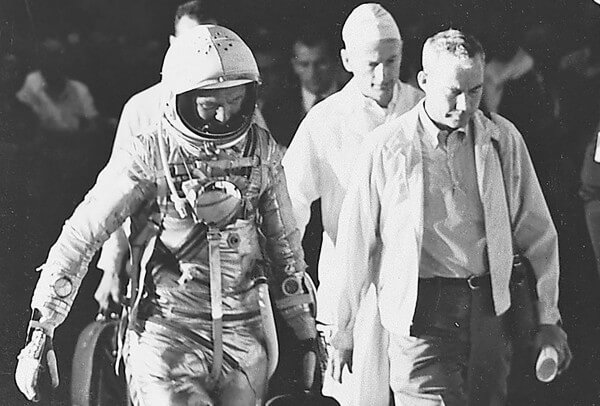History of spaceflight became part of human achievement in the 20th century. China has emerged with a significant spaceflight capability, including manned missions. China’s Mars Exploration Program is now officially on time with TAG Heuer, kicking off with its global solicitation for program logo design and the unveiling of the exterior design of the long-awaited, first-ever Mars rover of China. This new partnership was presented at the press conference in Beijing, in the presence of Jean-Claude Biver, TAG Heuer CEO and President of the LVMH Watch Division, with Jizhong Liu, Director of the Space Engineering Center of the National Defense, and Rongqiao Zhang, Chief Designer of The Mars Exploration Mission.

First watch in space
On February 20, 1962, TAG Heuer became the first Swiss watchmaker in space with an American astronaut. “The clock is running!” With these words, John Glenn started his stopwatch as he became the first American astronaut to achieve the first manned US orbital flight in his Mercury capsule, Friendship 7. Selected by NASA due to its ability to withstand the high G-forces of lift-off, this stopwatch manufactured by TAG Heuer in Switzerland was modified with elastic bands to fit over the sleeve of Glenn’s spacesuit.

This original stopwatch is now at the Smithsonian Institution National Air and Space Museum, the replica is kept at the TAG Heuer Museum at La Chaux-de-Fonds. In May 2012, TAG Heuer sent its new Carrera Calibre 1887 SpaceX Chronograph on an orbital mission to prove its reliability and accuracy. On July 12, 2016, TAG Heuer announced a unique partnership with S3 (Swiss Space Systems) ZeroG aerospace program. The TAG Heuer S3 watch serves that as a boarding pass to access the flight, will give the public a chance to experience zero gravity.

TAG Heuer, which has always followed the development of space industry, has tackled every technological challenge with its leading time-keeping function – even a challenge in space. In 1887, Edouard Heuer changed the course of watchmaking forever with the invention of the oscillating pinion, still today a key chronograph component. Throughout the 20th century, from 1/100th second, to 1/1000th second, and today even to 1/10000th second accuracy, TAG Heuer breaks the record of precise timekeeping time after time, pushing the limits of watchmaking.
The space race is intense
With the rapid development of modern aerospace science and technology, conquering space is no longer a dream. Starting from the 1960’s, space race has become increasingly intense. Faced with elevated challenges, the China National Space Industry Committee, shortly after its founding, prioritized the research and development of rocket technologies as part of its key projects. On October 8, 1956, the Fifth Academy of the Ministry of National Defense was founded as China’s first institute on missile and rocket research. In May 1958, the Chinese central government decided to begin development of man-made satellites. After the unremitting efforts of Chinese elite space scientists, China’s first man-made earth satellite was launched on April 24, 1970. In 2003, China completed the first manned space flight; in 2007, China’s first lunar orbiter was launched; and in 2013, China’s first lunar probe successfully landed, and has worked in space for 19 months now, setting a record in the world of the longest working time on the moon.

On April 22, 2016, Xu Dazhe, head of the China National Space Administration, confirmed on a state council press conference that the Mars mission had been officially set up and an unmanned probe to Mars will be sent to orbit and land on the Red Planet in 2020 to conduct research on planet’s soil, environment and atmosphere for the first time.
This mission is another one of China’s most important space exploration mission since its manned spacecraft, lunar exploration flights. Unlike any of the first U.S. or Russian Mars expeditions, China’s first Mars program will consist of orbiting, landing and rover deployment in one mission.

At its most distant, Mars is as far as 400 million km away from the earth, while the average distance from the earth to the moon is 384,000 km, which makes the Mars expedition a more ambitious challenge than a lunar soft landing and roving. The increased distance requires higher data transmission rates, adding difficulties to remotely control a rover on the Mars surface. In addition, compared to the moon, Mars receives less sunlight, which is further blocked by its dusty atmosphere, making it more challenging to ensure the rover’s energy supply. With regards to the support for China’s Mars Exploration Program, Jean-Claude Biver said: “Mars exploration is one of the greatest missions in man’s conquest of space. TAG Heuer’s support to the program represents its strong support for human beings’ grand space dream. It is an honor and a privilege to support this dream, the next giant leap for humanity.”
















